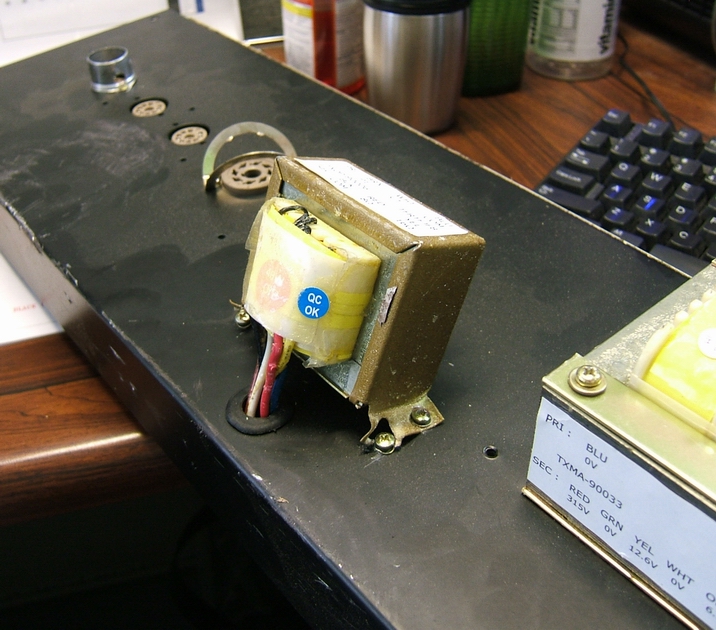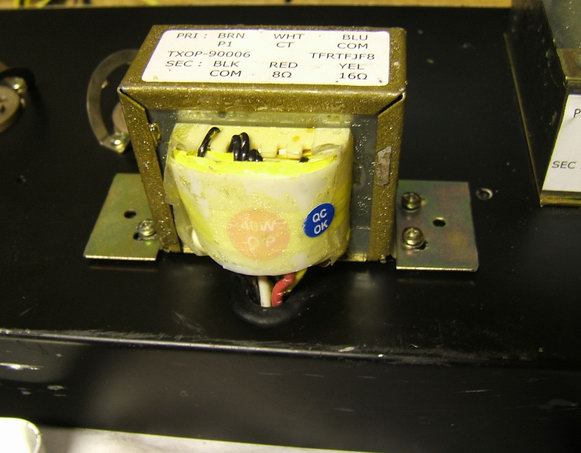JohnH
Well-Known Member
I think it is absolutely great that jamesm comes on this forum to support and explain the amp that he designed - and I think it is starting to become clear that this amp is well designed indeed. +++++!
John
John





